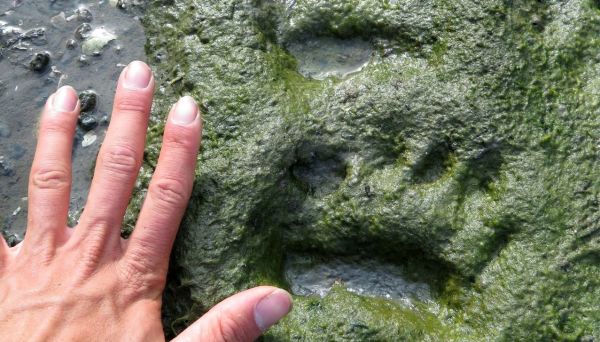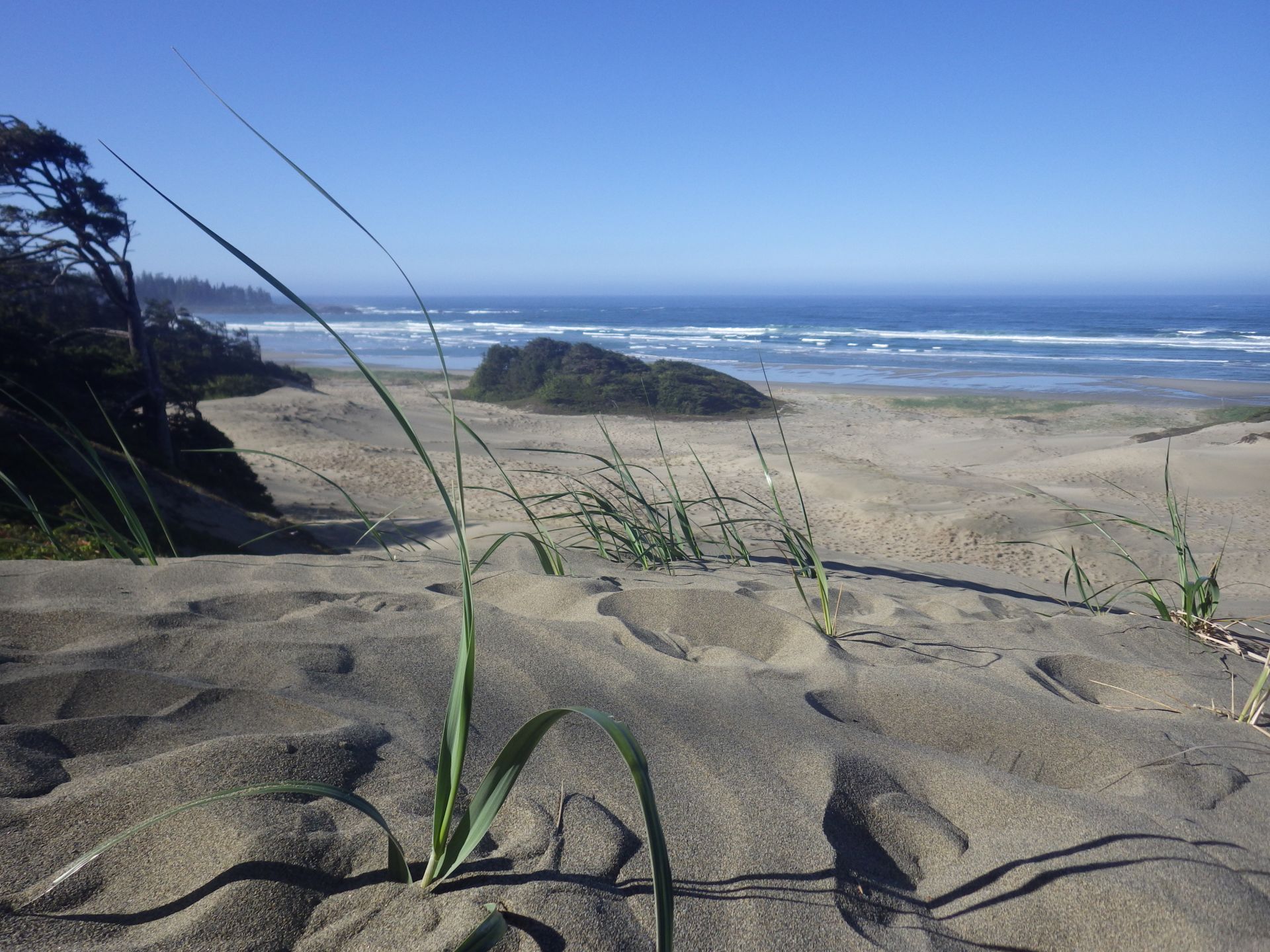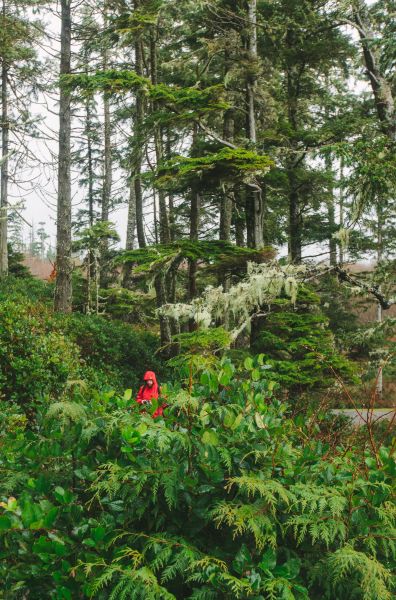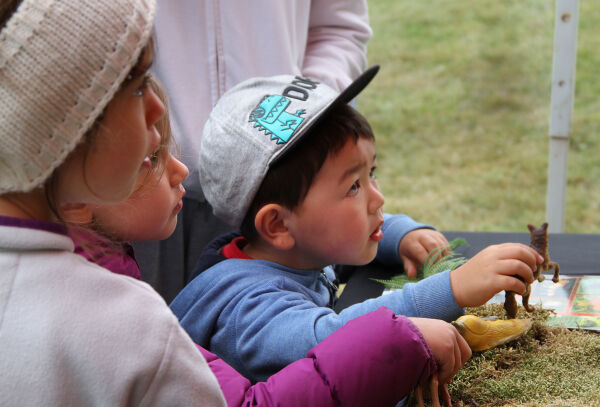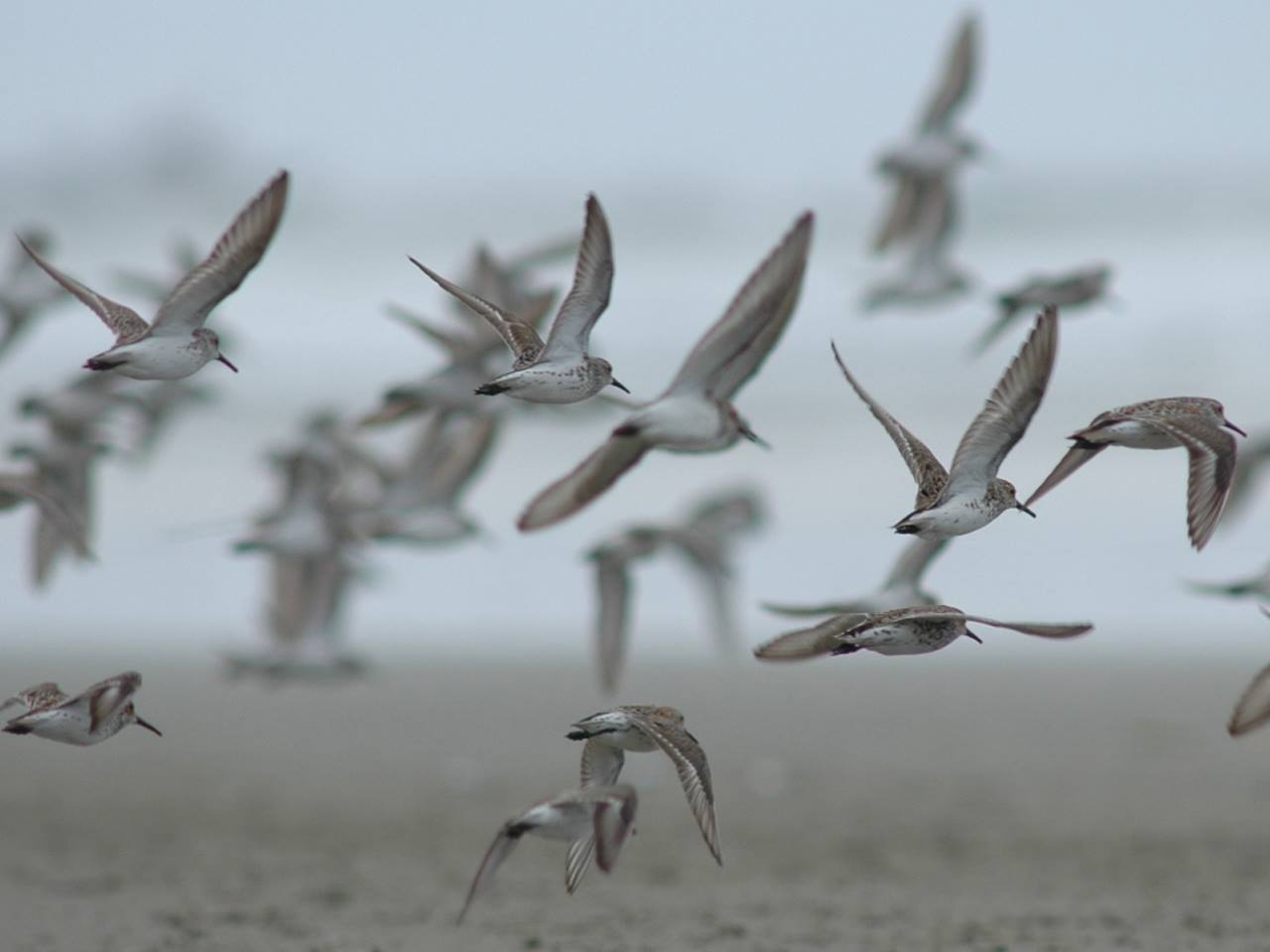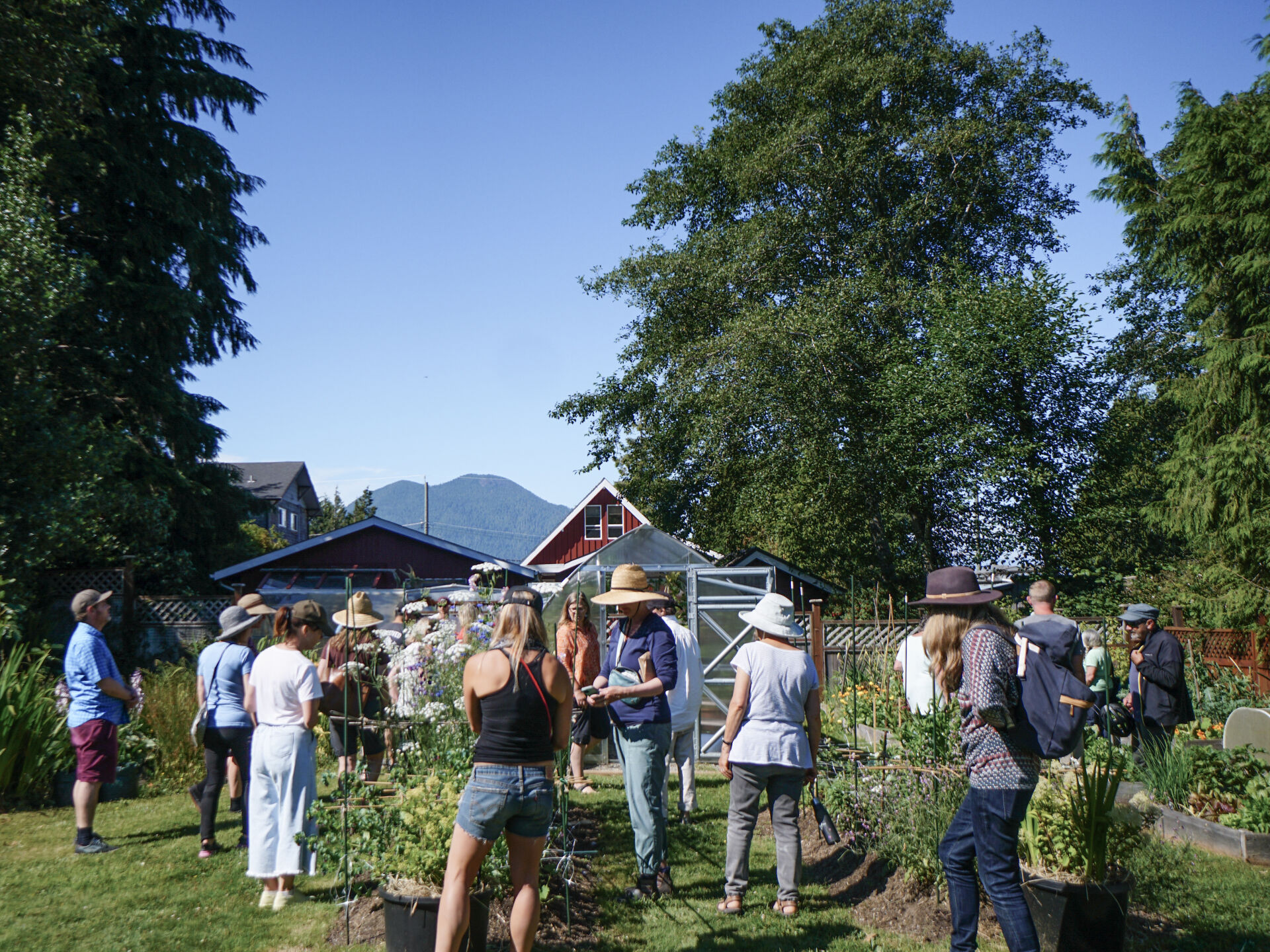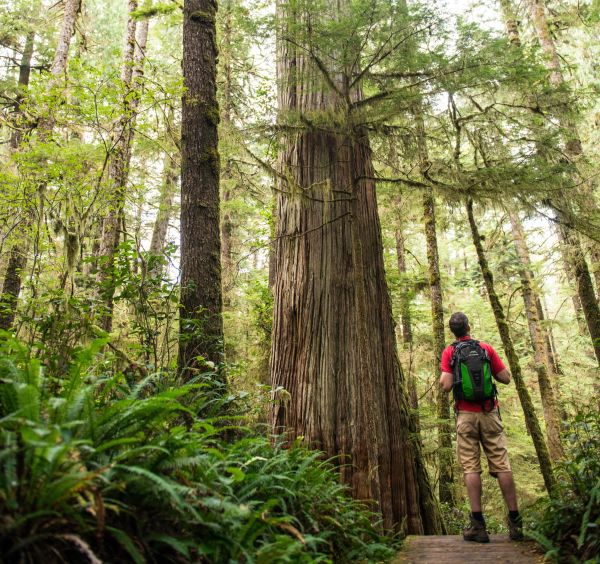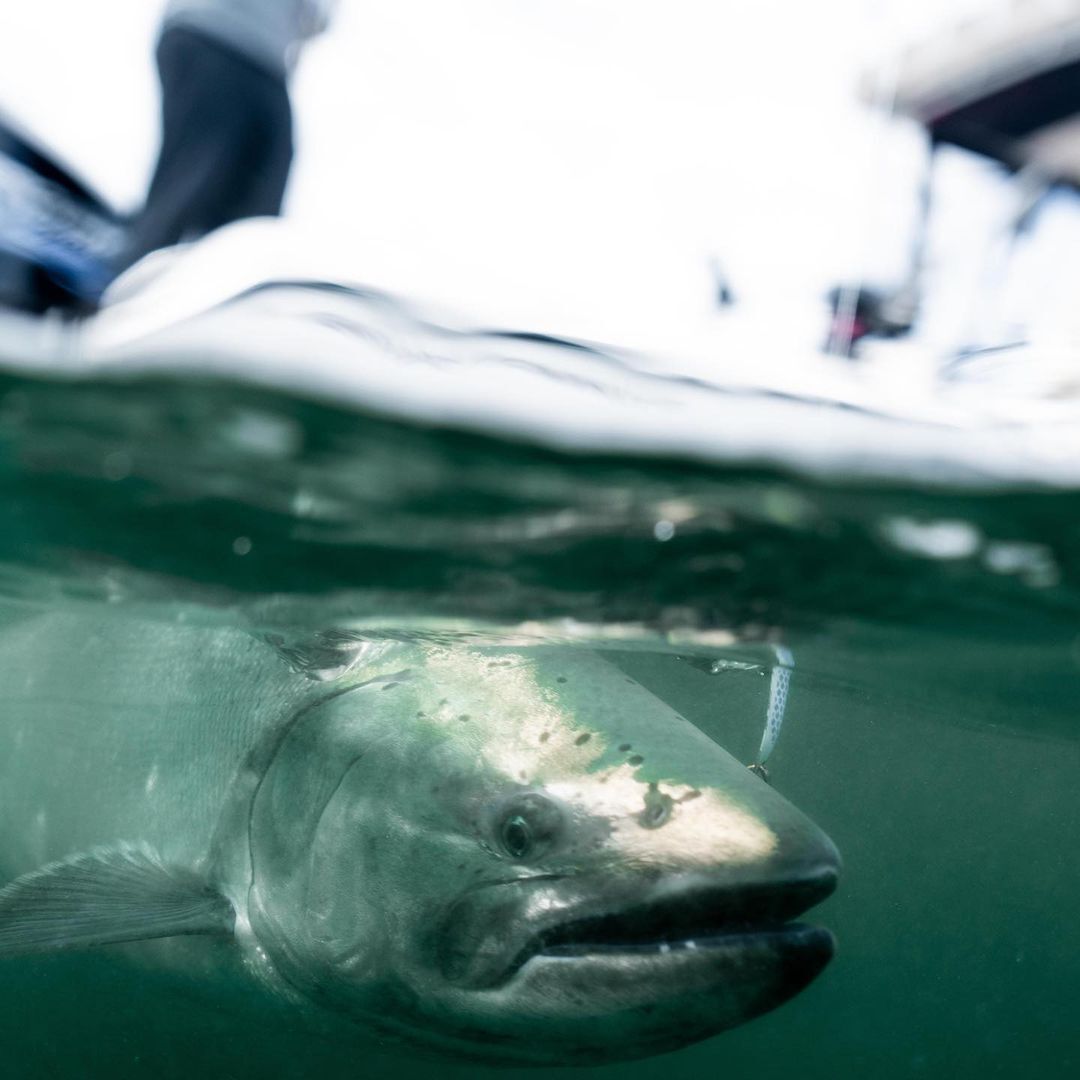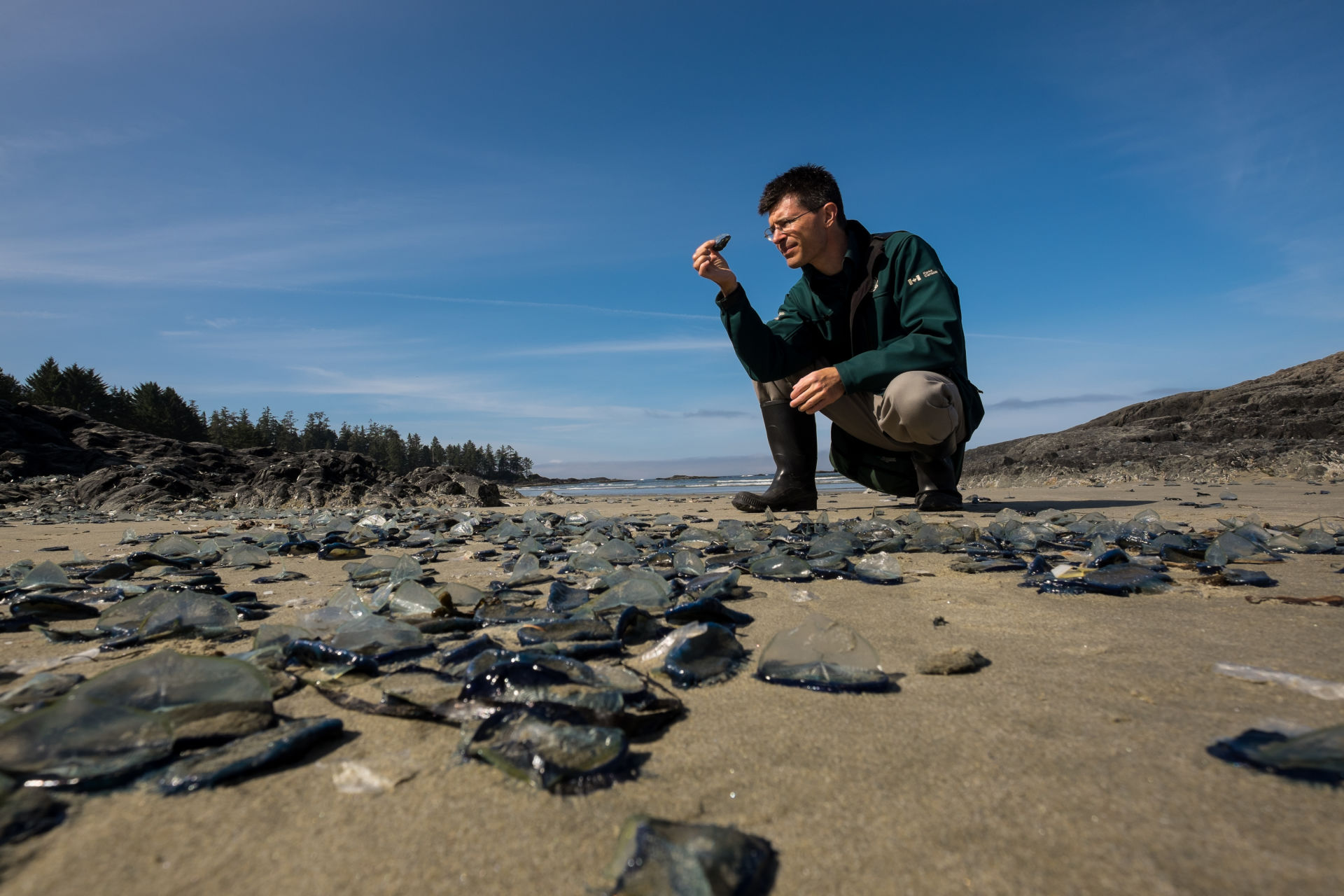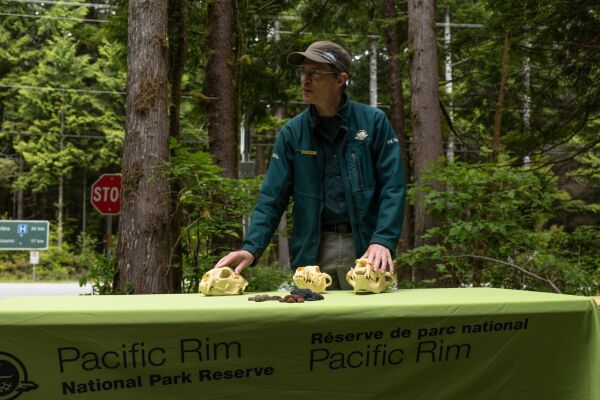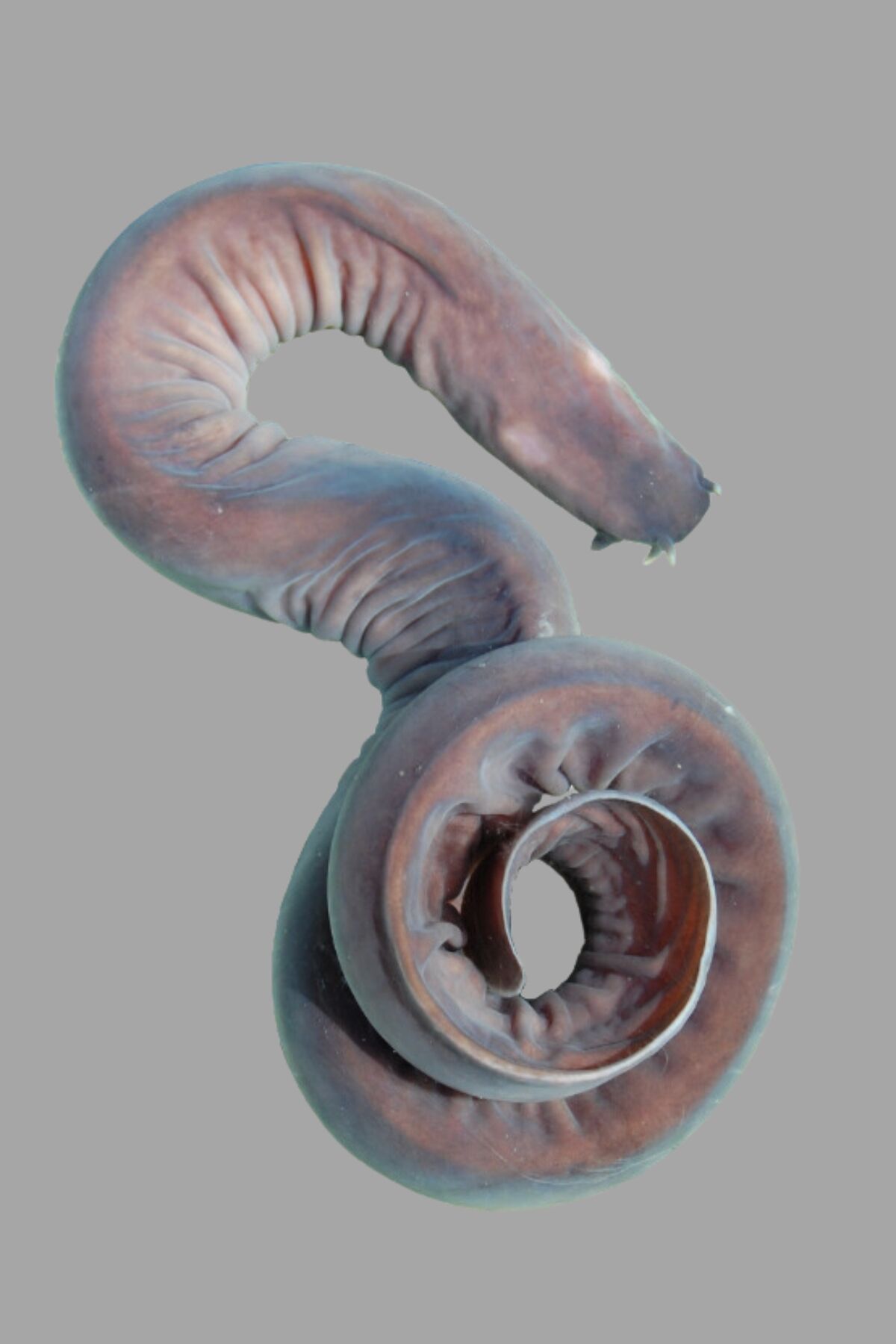
Join the Raincoast Education Society for their FREE 2024 Speaker Series: Strange Creatures! Learn about Hagfishes and Slime.
Hagfishes are bottom dwelling marine animals that are capable of producing startling amounts of defensive slime when they are provoked. We have investigated the composition and mechanical properties of the slime using a variety of techniques. We have also demonstrated that hagfish slime is especially good at clogging the gills of would-be fish predators, which is likely one of its primary functions in life. The slime is composed of fine protein slime threads as well as a mucus component that comes packaged in tiny vesicles. When these components are ejected from the slime glands, they combine synergistically to form a slime mass in which a large volume of water is entrained. Recent work in this area focused on the deployment of both the fibrous and mucus components of the slime in seawater. We now know that the swelling of the mucus vesicles is accelerated by the presence of water pores known as aquaporins in the vesicle membranes. We have also recently shown that unraveling of protein threads from their coiled state involves the dissolution of a seawater soluble glue and the release of strain energy stored in the thread coils. Current research is focused on understanding the mechanisms by which slime threads are manufactured within the cytoplasm of gland thread cells and identifying the proteins involved in slime deployment.
About our Speaker: Dr. Fudge runs the Comparative Biomaterials Lab at Chapman University. As an undergraduate, he studied biology at Cornell University, followed by an M.A.T. in science education, alsoatCornell. For his M.Sc. research, he worked on the biology of bluefin tuna at the University of Guelph, and then moved to the University of British Columbia for his Ph.D., where he worked on the biomechanics of hagfish slime in John Gosline’s lab. As an NSERC postdoctoral fellow, he worked on cell biomechanics in Wayne Vogl’s lab in the Faculty of Medicine at the University of British Columbia. He joined the faculty in the Department of Integrative Biology at the University of Guelph in 2005, where he worked until 2016.
Register through the Raincoast Education Society's website to receive your Zoom link for this FREE event.
Photo Credit: Raincoast Education Society



